Chapter 1: Introduction to Data Science and AI
What is Data Science?
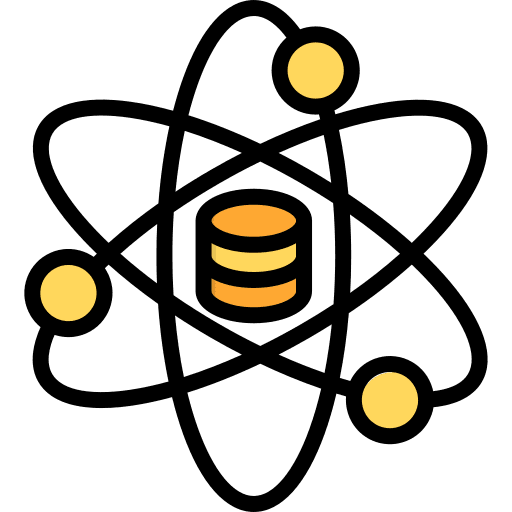
Imagine you’re trying to predict your favorite football team’s chances of winning, analyze your gaming habits, or even understand what makes a YouTube video go viral. All these tasks involve using data. But what is data, and why is it so important?
Data Science is like being a modern-day detective. Instead of using magnifying glasses, you use computers and math to uncover hidden patterns in data. It’s the art of collecting, organizing, and analyzing information to solve problems, make decisions, and uncover stories hidden in the numbers.
Definition:
Data Science is the study of extracting knowledge and insights from structured and unstructured data using scientific methods, algorithms, and technology.
How it works:
- Data Collection: Gathering information from sources like websites, sensors, or surveys.
- Data Cleaning: Organizing messy data, fixing errors, and making it usable.
- Data Analysis: Finding trends, patterns, and useful insights.
- Visualization: Presenting your findings in a way that anyone can understand, like charts and graphs.
- Making Decisions: Turning insights into actions, like predicting what products people might buy next.
Key Improvements:
- Data Science Added: Now the table is complete, covering the whole ecosystem.
- Consistency in Language: Simplified phrasing for easier readability while retaining academic accuracy.
- Broader Examples: Included real-life applications for each category, making it relatable for learners.

For example, if a movie streaming app wants to suggest movies you’ll love, it uses Data Science to analyze your viewing habits and preferences.
What is Artificial Intelligence (AI)?
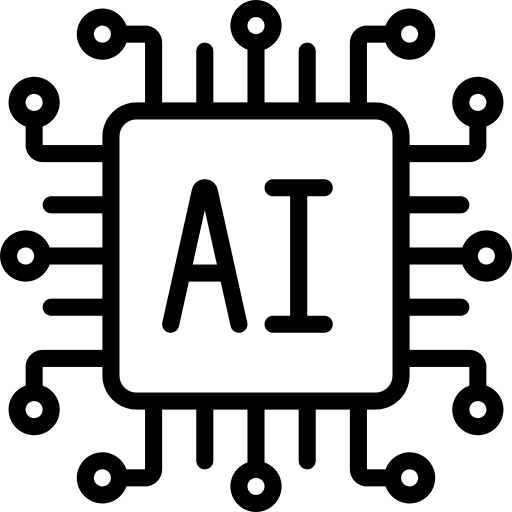
Have you ever spoken to Siri or asked Alexa to play a song? That’s AI in action! Artificial Intelligence is the ability of machines to mimic human intelligence. Think of it as teaching a computer to think, learn, and make decisions, just like you do.
Definition:
AI is a branch of computer science focused on building systems and machines capable of performing tasks that typically require human intelligence.
How does AI work?
- Learning: AI systems analyze data and learn from it (machine learning).
- Reasoning: They make decisions based on what they’ve learned.
- Self-correction: AI systems improve themselves over time.
It’s when machines can:
- Solve problems
- Understand speech or text
- Play games or even drive cars!
Imagine you’re chatting with a virtual assistant (like Alexa or Siri)—that’s AI in action. AI is the big umbrella under which Machine Learning and Deep Learning fall.
AI powers things like:
- Self-driving cars that understand traffic.
- Chatbots that can hold conversations.
- Apps that predict your preferences, like Netflix suggesting movies or Amazon suggesting products to buy.
What is Deep Learning (Neural Networks)?
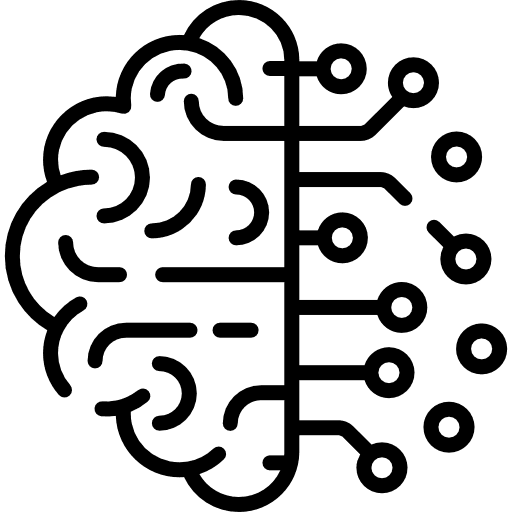
Deep Learning is a special branch of AI that takes inspiration from the way the human brain works. It’s the reason why computers can do amazing things like:
- Recognize faces in photos.
- Translate languages.
- Beat humans at chess and Go.
Definition:
Deep Learning is a type of AI that uses layers of algorithms called neural networks to mimic how humans think and learn. Deep Learning is a super-powered version of Machine Learning. It uses special algorithms called neural networks, which are inspired by how the human brain works.
- Machine Learning: Think of it as teaching a computer basic skills, like recognizing numbers.
- Deep Learning: It’s more advanced, like teaching the computer to understand faces or voices.
Example
When you upload a photo on social media, and it automatically tags your friends, that’s Deep Learning recognizing faces.
How Does Deep Learning Work?
Imagine your brain is made up of millions of tiny connections called neurons. Deep Learning uses the same idea:
- Input Layer: Data (like an image or sound) enters the system.
- Hidden Layers: Layers of neurons process the data, looking for patterns.
- Output Layer: The system produces a result, like identifying a cat in a photo.
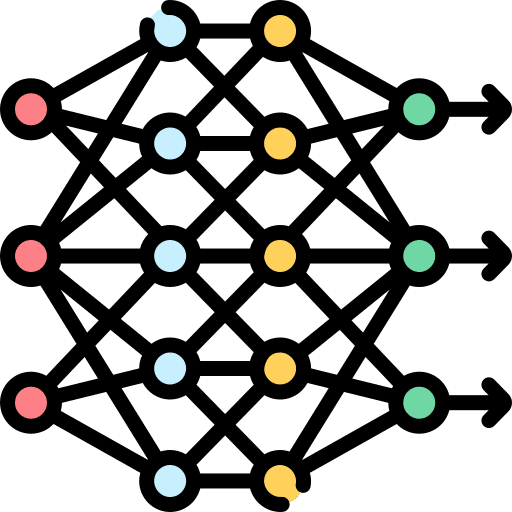
What is Machine Learning (ML)?
Machine Learning is a way to teach computers without programming them directly. Instead of telling the computer what to do step by step, you:
- Give it data (like pictures of cats and dogs).
- Let it learn patterns (how a cat looks different from a dog).
- Test it (ask the computer to identify new pictures of cats or dogs).
Machine Learning is like teaching a child by showing them examples until they get it.
Example:
If Netflix knows what shows you like, it uses Machine Learning to suggest similar shows. The computer “learns” your preferences from your watching history.
Here’s a simple analogy:
- Data Science is like being a detective, gathering clues (data) to solve mysteries.
- AI is the dream of making a robot act human.
- Machine Learning is teaching the robot using examples.
- Deep Learning is giving the robot advanced brainpower to handle really complex tasks.
Difference Between AI, Machine Learning, and Deep Learning
Think of AI, Machine Learning, and Deep Learning as a set of Russian nesting dolls:
- AI is the largest doll, covering all systems that simulate intelligence.
- Machine Learning is a subset of AI where computers learn from data.
- Deep Learning is a subset of Machine Learning that uses neural networks to process data more deeply.
| Feature | Data Science | AI | Machine Learning (ML) | Deep Learning (DL) |
|---|---|---|---|---|
| Scope | Analyzes and interprets data to solve problems | Mimics human intelligence | Learns from data | Learns deeply through neural networks |
| Examples | Predicting trends, business analytics, insights | Chess-playing systems, virtual assistants | Predicting house prices, spam detection | Facial recognition, self-driving cars |
| Complexity | General to Intermediate | General | Intermediate | Highly advanced |
Real-World Applications of Deep Learning
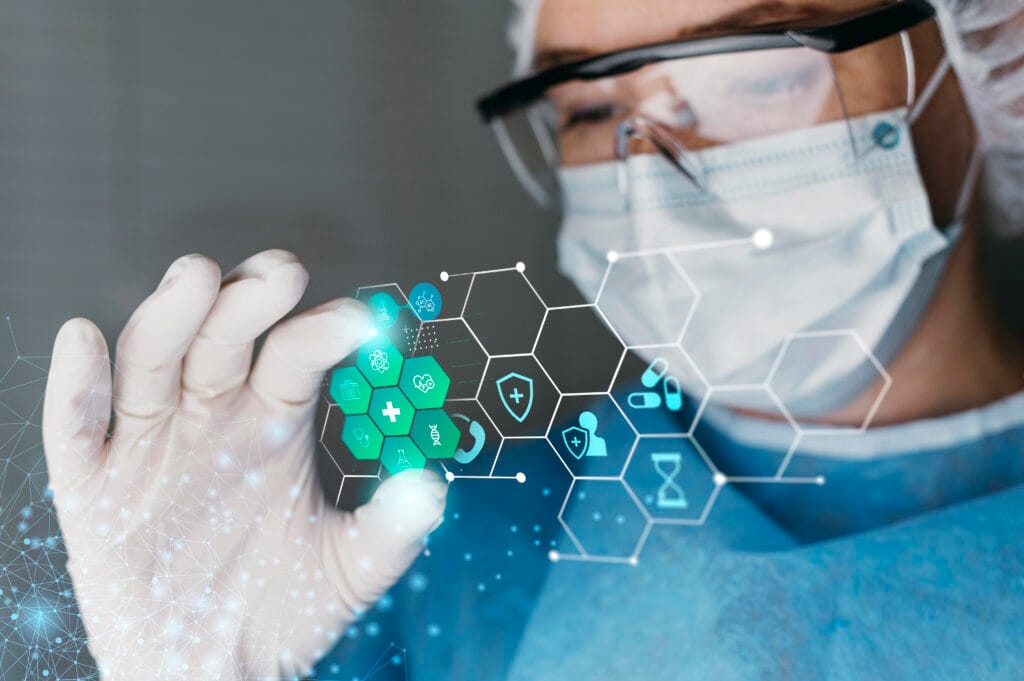
- Healthcare:
- Detect diseases like cancer using medical images.
- Analyze patient data to predict outcomes.
- Entertainment:
- AI creates realistic characters in video games.
- Deepfake technology for movies.
- Education:
- Personalized learning systems.
- Automatic grading of assignments.
- Environment:
- Detect deforestation from satellite images.
- Predict weather patterns.
What Makes Deep Learning Special?
Deep Learning is powerful because it can:
- Handle Complex Data: It works well with images, sounds, and videos.
- Learn Automatically: It doesn’t need a human to tell it what patterns to look for.
- Improve Over Time: With more data, it becomes smarter and more accurate.
How Data Science, AI, and Deep Learning Work Together
Imagine you want to build an app that recommends songs based on what you like:
- Data Science: Analyzes listening habits and collects user data.
- AI: Learns which songs people with similar tastes prefer.
- Deep Learning: Understands complex patterns, like the mood or tempo of songs, to make recommendations.
Real-World Applications of Data Science and AI
Let’s explore how Data Science and AI are shaping the world:
Healthcare
- Predict diseases like diabetes using patient data.
- AI-assisted surgeries using robotic precision.
Entertainment:
- Platforms like Netflix use data to recommend shows you’ll love.
- AI generates realistic video game characters.
Environment:
- Monitoring deforestation through satellite images.
- Predicting weather patterns and natural disasters.
Sports:
- Analyzing player performance to create winning strategies.
- Predicting outcomes of matches.
Education:
- Personalized learning apps that adapt to a student’s pace.
- AI tutors for subjects like math and science.
Setting Expectations
By the end of this course, you’ll be able to:
- Understand how Data Science, AI, and Deep Learning work.
- Solve real-world problems using data.
- Build and train your own deep-learning models.
- Create projects like a chatbot, a recommendation system, or an image classifier.
Get ready to unlock the world of Data Science, AI, and Deep Learning. Together, we’ll take you from an absolute beginner to a skilled practitioner!
Resources:
- DeepLearning.AI’s Deep Learning Specialization
Ng, A. (n.d.). Deep Learning Specialization. DeepLearning.AI. Retrieved from https://www.deeplearning.ai/resources/?utm_source=chatgpt.com - Andrew Ng’s Machine Learning Course
Ng, A. (n.d.). Machine Learning. Coursera. Retrieved from https://www.coursera.org/learn/machine-learning - MIT OpenCourseWare. Massachusetts Institute of Technology. (n.d.). Introduction to Computational Thinking and Data Science. MIT OpenCourseWare. Retrieved from https://ocw.mit.edu/courses/electrical-engineering-and-computer-science/6-0002-introduction-to-computational-thinking-and-data-science-fall-2016/
- Fast.ai’s Practical Deep Learning Courses. Howard, J., & Gugger, S. (n.d.). Fast.ai: Making neural nets uncool again. Retrieved from https://www.fast.ai/
- Data Science and Predictive Analytics. Dinov, I. D. (2018). Data Science and Predictive Analytics: Biomedical and Health Applications using R. Springer. DOI: 10.1007/978-3-319-89633-3
- Learning Deep Learning. Ekman, M. (2021). Learning Deep Learning: Theory and Practice of Neural Networks, Computer Vision, NLP, and Transformers using TensorFlow. Addison-Wesley Professional. Retrieved from https://developer.nvidia.com/learning-deep-learning-magnus-ekman
- DataCamp’s Deep Learning Tutorial. DataCamp. (n.d.). Deep Learning Tutorials. DataCamp. Retrieved from https://www.datacamp.com/tutorial/category/deep-learning
- NVIDIA’s Deep Learning Technical Resource. NVIDIA. (n.d.). Technical Resources for Deep Learning. NVIDIA. Retrieved from https://developer.nvidia.com/deep-learning-ai
- Data-Centric AI Survey. Zha, D., Wang, S., Zhang, J., Wu, C., & Hu, X. (2023). Data-centric artificial intelligence: A survey. arXiv. Retrieved from https://arxiv.org/abs/2303.10158
- Wikistat 2.0. Besse, P., Lê Cao, K.-A., & Séverin, E. (2018). Wikistat 2.0: Educational Resources for Artificial Intelligence. arXiv. Retrieved from https://arxiv.org/abs/1810.02688
Next Chapters

Elon Musk: A New Era in U.S. Bureaucracy Reform

How to Build Quality WordPress Themes

